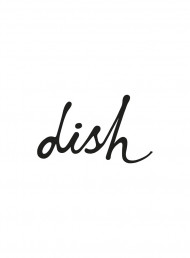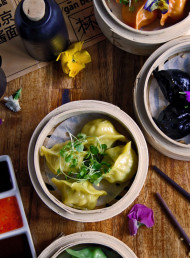Cook the Books – China Towns
Photography by David Parker.
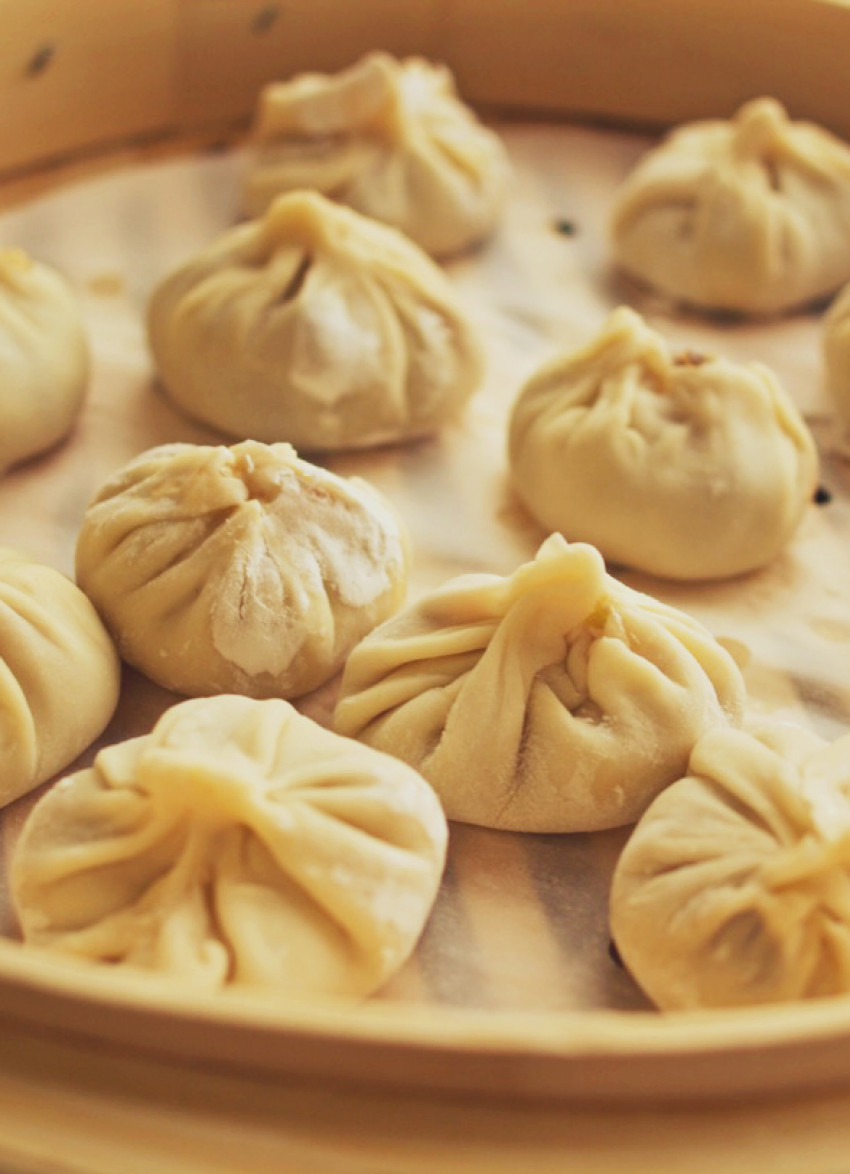
David Parker had been on the look out for a recipe for 'magical' Xiao Long Bao (soup dumplings) for a while. In his latest cook book review, find out if the recipe from Jean François Mallet's China Towns lived up to his high expectations.
Journalist and former chef Jean François Mallet visited China Towns the world over while researching this book. Instead of focusing on American–Chinese cuisine or what the greater Western world thinks of as 'Chinese Food' the book tends to lean toward the traditional, but the recipes are simplified and often slightly Westernised. A symptom of these dishes being made in China Towns in a country that might not have all the ingredients required means they’re not always completely authentic. Surprisingly, there are also a couple of Vietnamese, Thai and Korean dishes in the book as China Towns have attracted different cultures too.
I've been wanting to try my hand at Xiao Long Bao (soup dumplings) for some time. I've made many a dumpling but when I was introduced to Xiao Long Bao they intrigued me. How did they get the soup inside? Well you turn a broth into a jelly which will then melt when the dumplings get cooked. Amazing. There’s something magic about it; it’s such a simple concept with an amazing effect when the soup bursts out of the dumpling into your mouth. Of course, the first thing I looked for in China Towns was Xiao Long Bao and I was so disappointed to not find them, but then I remembered the book was Westernised, so I looked for their other common name: Juicy Pork Dumplings. Success!
Traditionally you'd make a simple chicken or pork broth and then boil it with pork skin to extract the gelatin from it, but this recipe just called for pre–made beef stock and leaves of gelatin. I soaked the gelatin in cold water to soften it, added it to the beef stock and ginger and brought to the boil.

Once the gelatin had dissolved fully I took the beef stock off the heat and left to cool in the fridge overnight.
The next day I dealt with mincing the pork. The recipe calls for pork loin but I couldn't be sure of the provenance of any of the ground pork available and I still don't own a meat mincer. I figured I could just use the food processor trick again. First, I cut the skin off the pork loin and discarded it (sigh, it would've been perfect to boil up with the broth to extract the gelatin from it! What a waste!) then I cut the pork loin into cubes and after they'd been in the freezer for about 20 minutes I could blend them in small batches. Finely ground pork loin! Great!

Then I added chopped spring onions, ginger, salt, sugar, rice wine, soy sauce, sesame oil and a bit of water and mixed them together. I set aside the filling to get to work on the dumpling skins.

The dumpling skins are just made from flour and water – nothing else. I poured the water into a well in the flour and mixed it in with my hands before kneading for a few minutes. I finished off the kneading by working the dough on a bench with a rolling pin for about 5 minutes.
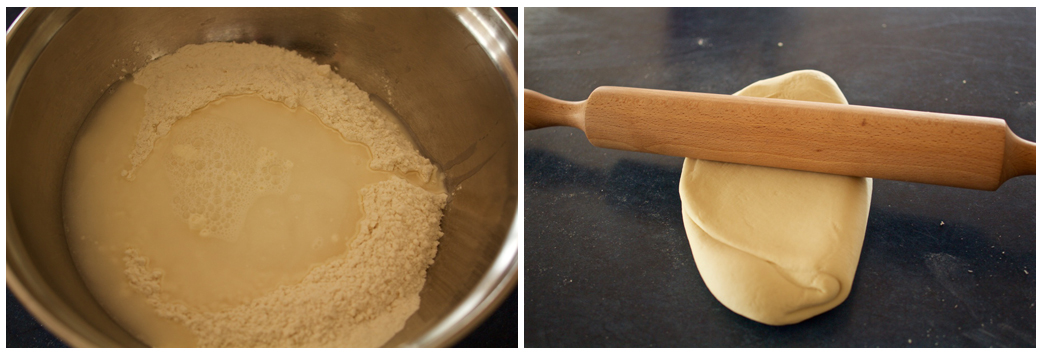
I separated the finished dough into 40 little balls and put them in a plastic container so they didn't dry out.
Annoyingly I forgot to take photos of the dumpling skin rolling process! I even bought a special little rolling pin that's really good for rolling out dumpling skins, you can get them at most Chinese supermarkets, I think mine was about $6, because it's small you can roll the pin with one hand and turn the dumpling skin with the other.
Once I had some skins rolled out into circles I filled a few. I don't like to do them all at once as the skins either stick together or dry out.

Now, I don't want to boast but I make a pretty neat dumpling most of the time – I don't even like being helped because I want the dumplings to look uniform. But I was a little bit ashamed of my efforts at folding the Xiao Long Bao. I just couldn't get the hang of it! In the photos they don't look as bad as I thought they were, but they were very annoying to fold and took a lot longer than the way I fold regular Jiaozi. Maybe I'd get the hang of it eventually. Maybe I need to ask someones grandma for a lesson.
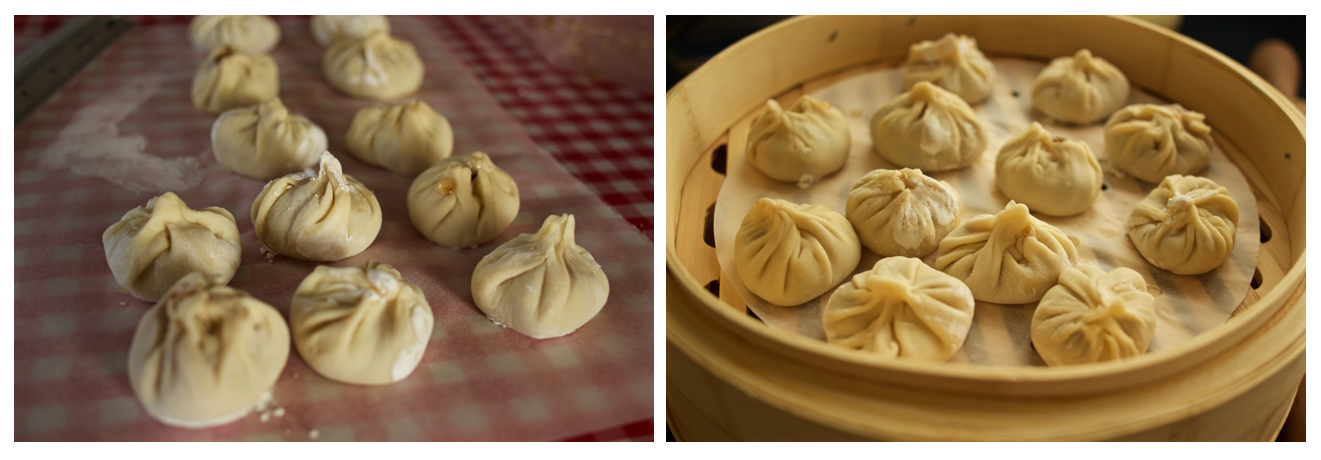
I brought some water to a boil in a wok and then steamed them in batches in a bamboo steamer.
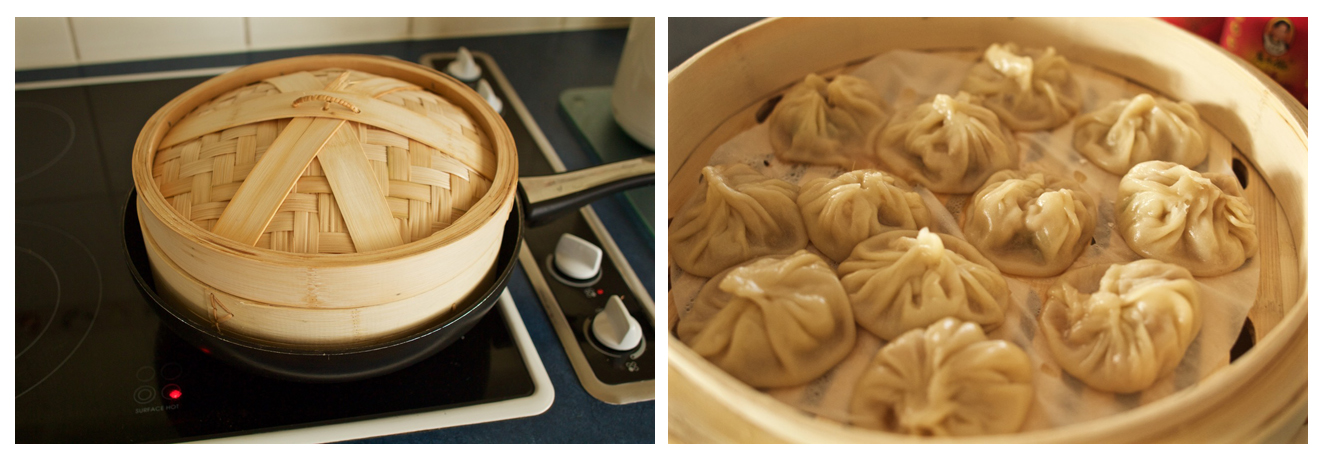
The sauce is just soy, Chinese black vinegar and ginger. Personally, I don't think there should be a recipe for the sauce mix because it's all personal preference and it was too much vinegar and not enough soy for my liking. Plus, I couldn't resist adding a few drops of chilli oil!
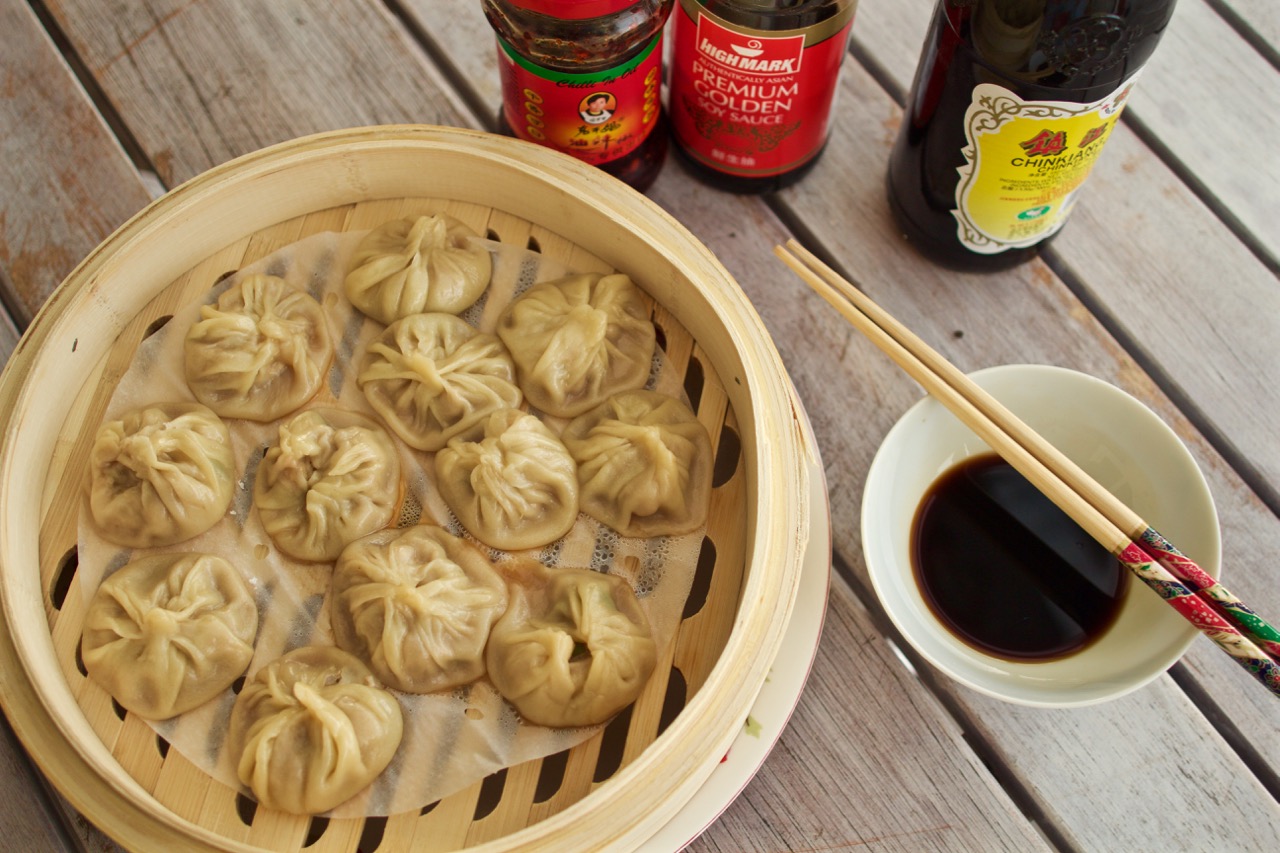
It worked! They look like Xiao Long Bao! The skins sag down and form a little foot around the bottom of the dumpling and you know there is soupy goodness in there. They exploded in my mouth, not enough soup for my liking but it was there. Magic! I felt like they were overly gingery and maybe not sweet or salty enough. I also thought the skins weren't delicate enough, a little bit chewy. Maybe they should've been rolled out thinner but I weighed and measured them all so I'm not sure. Or perhaps there should've been a little more water in the dough. But they were really good, very tasty!
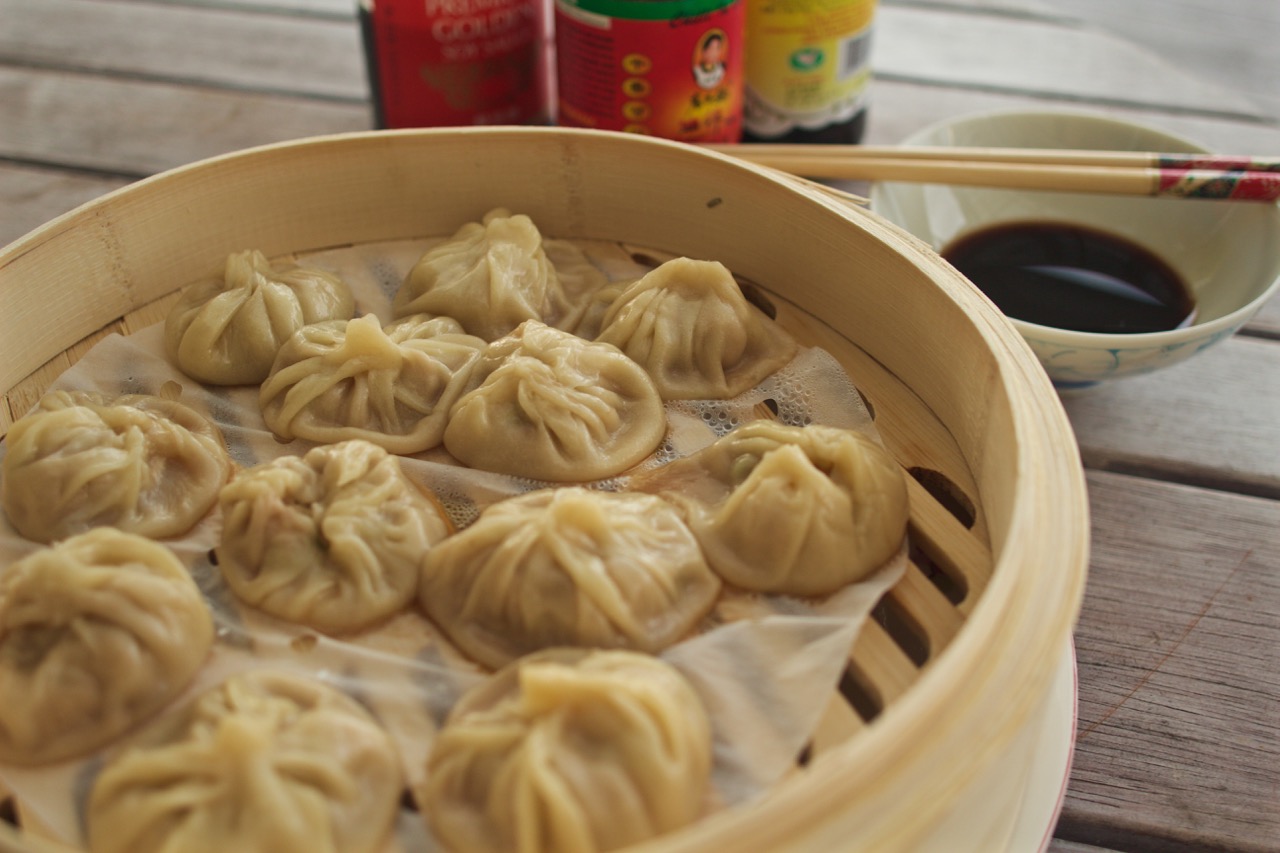
latest issue:
Issue #120
As the days become shorter, and the nights cooler, the latest issue is perfectly timed to deliver delicious autumn dishes. From recipes using fresh seasonal produce such as feijoas and apples, to spectacular soothing soups and super-quick after-work meals in our Food Fast section, we’ve got you covered. With Easter on the horizon, we feature recipes that will see you through breakfast, lunch and dinner over a leisurely weekend holiday, and whip up chocolatey baking treats sure to please. We round up delicious dinners for two and showcase a hot new Korean cookbook before heading south to Dunedin to check out all that’s new in food and dining.The latest issue of dish is on sale NOW at all good bookstores and supermarkets – don’t miss it!

